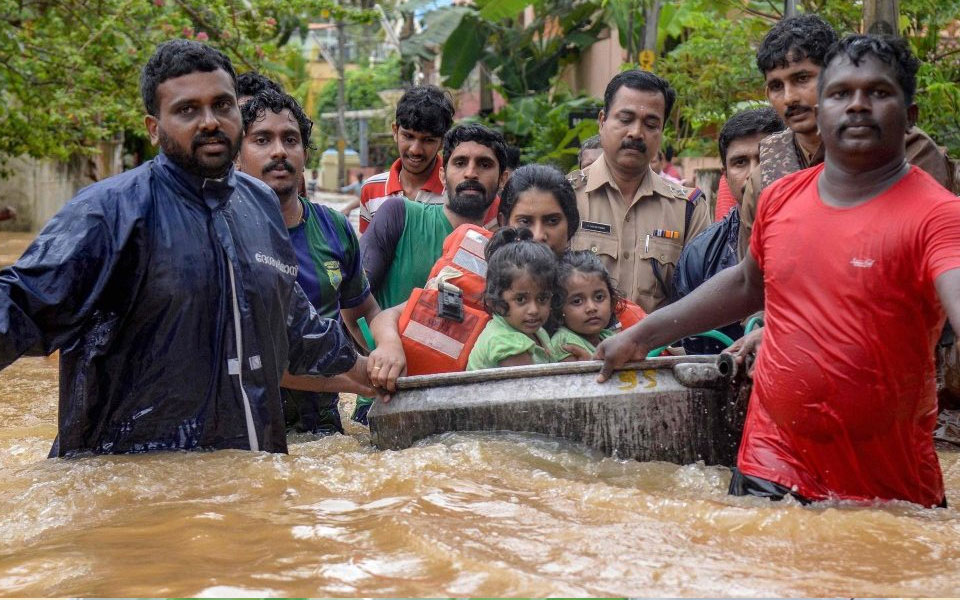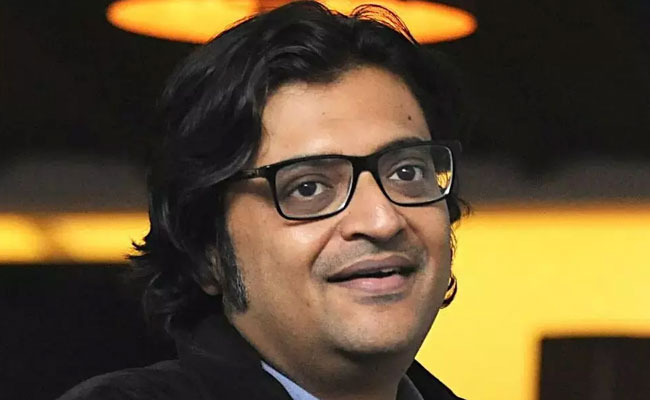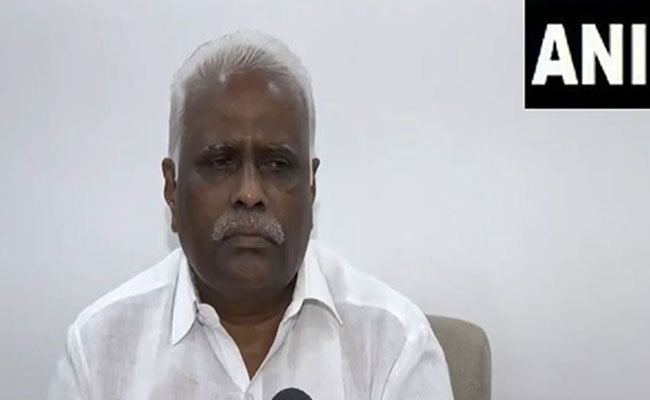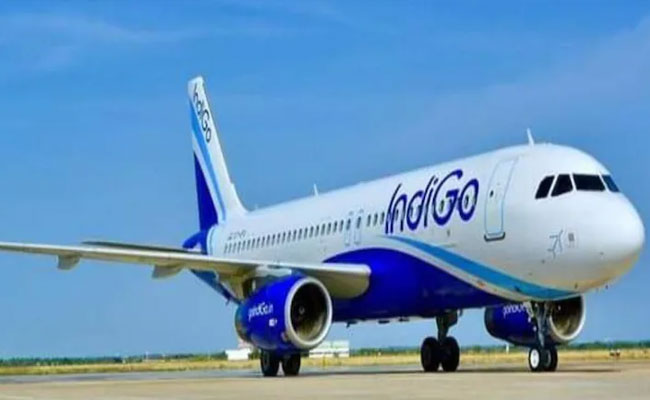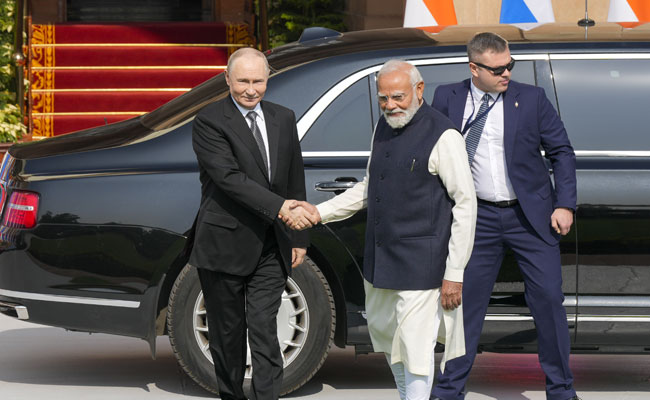Kerala has been witness to the most devastating floods of the century. The last two weeks have been massive testing times for the ‘god’s own country’ with more than 300 declared dead and lakhs of people being displaced owing to torrential rains and gushing waters. PM Modi visited Kerala on Sunday for an aerial survey of the affected places and declared Rs 500 crore as interim relief. The ruling party, the opposition and the government of Kerala have together requested this to be declared a national disaster. There has been widespread support to this in social media too.
What do people expect from government when a disaster of this scale hits a state? Just an aid of Rs 500 crore? Or a tag of national disaster being associated with this devastating situation? How does that help? We had urged the central government in the past to declare Kannada a classical language. What is the situation of Kannada after that status was accorded? What impact has that status had on Kannada, its culture and its studies? No one has taken this into account after that.
The status of Kannada has remained unchanged after that. Today there is a widespread effort to impose Hindi on Kannada. In the same manner, we do have a declaration of ‘national disaster’ in circulation now. There is no legal interpretation to this word. Central government is already providing some aid and help in the form of resources to Kerala. Even if it is declared a national disaster, it would not make much of a difference to the situation right now.
The disaster management act 2000 is part of larger scheme. Even then, there is no scope to declare this a national disaster. Natural disasters cannot be classified as state, national or local ones. According to the senior expert in National Disaster Management expert Anil Gupta, managing natural disasters is the responsibility of state government. The state government can only provide aid during such situation. But the central government is vested with the power to declare a national disaster. But the state govt has to seek aid from central government for this and then the centre can act accordingly.
Though national disaster has no particular meaning to it whether legal or administrational, our politicians have been repeatedly using this word time and again without understanding its full meaning. Even when floods ravaged Gujarat, Bihar, Assam and W Bengal and Jammu and Kashmir in the past, they were not declared national disasters. PM Narendra Modi had used this term for the first time in 2014. But the death and destruction in 2017 Bihar floods was much higher than whatever happened in Jammu Kashmir is a different point altogether.
National Disaster Management Authority laid out a scheme to manage disaster in 2016. It has clearly classified the types of disasters. Any disaster that can be managed with resources at district level, it is level one type of disaster. If the state has to employ its state level resources to manage the situation, it is level 2 disaster. If the calamity is of very large scale, and the state cannot manage it, it becomes a level 3 disaster. Central government has always adapted step motherly treatment about flood relief distribution to states. In 2013, the floods that ravaged Uttarakhand and the following landslides had left 5700 people dead.
The Manmohan Singh government had then provided an aid of Rs 1,000 cr to the state. Though the number of people who died in Tamil Nadu floods was lesser than that in 2015, central government had provided almost same amount of help – Rs 939.6 cr. Now, central government is exhibiting its myopic approach in Kerala too. The centre had declared Rs 100 cr to Kerala at the initial stages of the flood. It had also said the state had enough funds in its disaster management corpus. After this was criticized widely, Modi government declared another Rs 500 crore aid for the state. Now, the centre has called this a disaster of grave nature, and is trying to pacify south Indians. Yet, one fails to understand why the centre isn’t moved by this ‘grave situation’ and proving more aid for the state.
Let the Truth be known. If you read VB and like VB, please be a VB Supporter and Help us deliver the Truth to one and all.
New Delhi: In a striking turn that surprised even his regular viewers, Arnab Goswami spent the evening of December 4 taking direct aim at the central government over the ongoing crisis in the domestic aviation sector. The debate, aired on Republic, focused entirely on the severe disruption caused by IndiGo flight cancellations and the state of air travel in the country. The tone was sharp, emotional, and openly critical, raising the larger question of whether this marks a homecoming of sorts for the anchor long accused by critics of being soft on the government.
Goswami began the show by saying the central government had “completely let down” air passengers. He pointed to chaotic visuals from airports in Pune, Ahmedabad and Mumbai, describing passengers packed into crowded spaces, long queues, and travellers lying on the floor with little access to basic facilities. He said anyone travelling with children or elderly parents would understand the distress such situations cause.
According to him, the government often claims to have improved the aviation sector, but the day-to-day experience of passengers tells a different story. He argued that whatever help the government may have extended has benefited individuals and individual companies, not the sector as a whole.
Goswami highlighted data from the last three days, saying IndiGo had canceled 1,232 flights in November. He broke down the reasons for the cancellations: 755 linked to crew and FDTL constraints, 258 due to airspace and airport restrictions, 92 because of failures in air traffic control systems, 127 for other reasons.
He said passengers in India are often “taken for granted” and that only in this country can such large-scale cancellations take place without consequences.
Throughout the debate, Goswami repeatedly returned to the theme of duopoly. He said Air India and IndiGo together control 91.5 percent of the aviation market, leaving only a small share for others like Akasa and SpiceJet. This, he said, gives the two big players the power to decide prices and escape accountability.
“They can set the prices. They can torture passengers. They can be not answerable for air crashes.” He added.
Goswami also questioned why such a structure is allowed to exist if the government claims it opposes monopolies. He asked whether the government has made Air India accountable after the recent air crash, and said he did not believe so.
“We are told that the Modi government does not like monopolies. First of all, I don't agree with that. There are too many monopolies happening.” He said.
The anchor accused Air India of operating aircraft that were not airworthy and said no serious action followed. According to him, any other minister in charge of civil aviation would have been removed after such incidents, but nothing happened.
“He is not answerable. And why is the central government not bothered about it? Because he comes from the TDP, an alliance party. So let him do,” he said.
He added that Air India continues to seek government support, including compensation for losses after the Sindhur episode. Goswami questioned why public money should be used to support the airline, drawing a comparison with the earlier controversy involving Vijay Mallya seeking help from the Manmohan Singh government a move that was labelled as scam.
Goswami said passengers are suffering because of delayed flights, sudden cancellations, and lack of compensation. He criticised the DGCA, saying it was not enforcing safety and operational norms. He also questioned why the Prime Minister’s Office had not intervened.
He noted that Republic had carried multiple exposés on these issues and claimed that Air India chooses to give interviews and advertisements only to other channels.
He also called for Parliament to debate the aviation mess and examine whether monopolies or duopolies should be allowed in a nation of India’s size.
“I'm sure the government's not going to be happy with us saying this, but someone's got to speak up for the people of this country.” He added.
Known by his critics as the “Godi Media Chief”, Goswami’s direct attack on the Modi government over civil aviation raised eyebrows across media circles.
Whether this is a one-off outburst or a sign of a new editorial direction is something viewers will be watching closely.
#AviationCollapse | India’s aviation sector is in turmoil as IndiGo’s mass cancellations and Air India’s alleged safety lapses leave passengers stranded. The disruption raises serious questions about airline management, regulatory oversight, and who is ultimately responsible for… pic.twitter.com/Dqt6pcoW8w
— Republic (@republic) December 4, 2025

